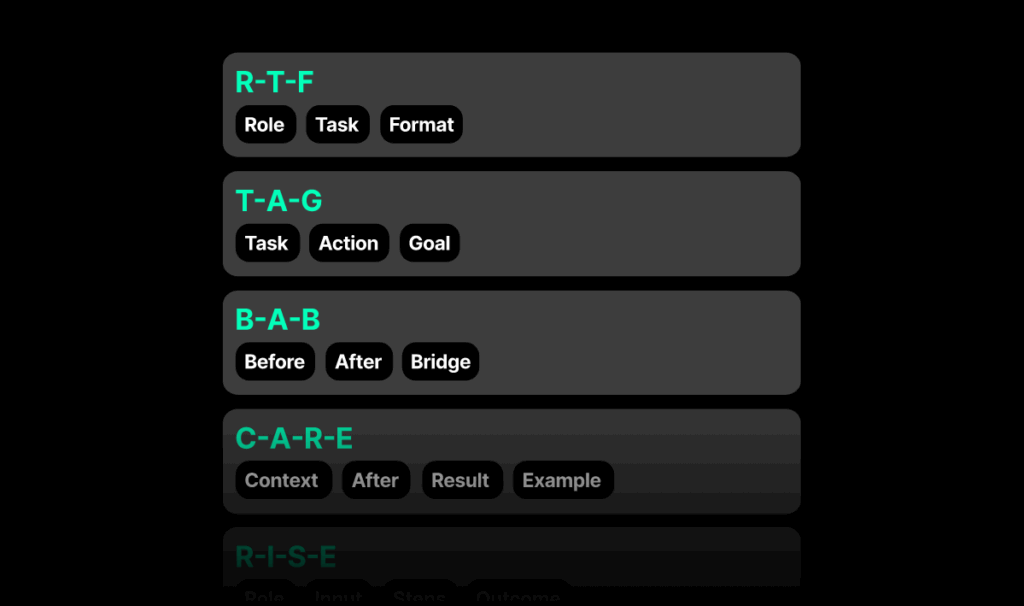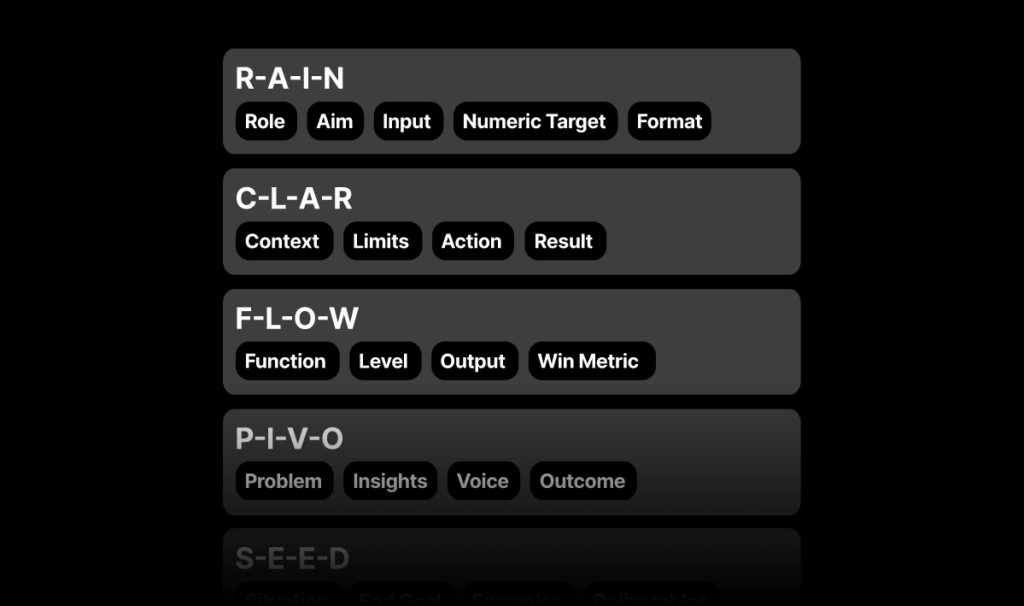- Updated July 03, 2025
The variation between the four common communication styles can cause misunderstandings between peers. Which make it difficult to drive alignment at scale in business. Clear communication through plain language, supported by AI writing assistants, can help standardize messaging and tone at an individual and organizational level.
By removing jargon, emotive language and complex words, communications are easier to read and understand. You don’t lose key messages in the finer details.
What are the 4 communication styles in business?
The four communication archetypes are: Analytical, Intuitive, Functional, and Personal. Understanding the subtle differences between these various communication styles will help you to adjust and align communications at your company.
1. Analytical
An analytical communicator values hard facts, data and logic. They embrace thoroughness and attention to detail. For the analytical communicator, details are key, they want specifics. It’s not enough to say “we had a great first quarter, sales were up significantly.” They will want to know the real figures. How much were sales up, did those figures meet or exceed expectations, how did each region perform, etc. The devil is in the details for analytical communicators.
2. Intuitive
Intuitive communication focuses on the big picture. For the intuitive communicator, finer details and the inner workings of a plan are secondary to the end result. They enjoy blue sky or big picture thinking and are comfortable with unconventional methods and ideas. Intuitive communicators work and think fast; they get to the point quickly and expect others to do the same.
3. Functional
Functional communicators take things step by step. Like the analytical communicator, they value details but are also interested in the process, progress, and timelines. In fact, every aspect of a plan is of great importance to them. Their communication style includes precise information and details. Charting a process or plan from beginning to end, and sparing no details.
4. Personal
Personal communicators place great emphasis on connection and feelings. They use emotive language and communicate in a way that allows them to connect with people and find out how they feel. Active listening is a key trait of the personal communicator. They can quickly pick up on others’ emotions or feelings about particular plans or ideas.
How do these four different business communication styles impact the workplace?
Today’s workplaces are more diverse than ever. While diversity has many advantages, it can be a challenge to align different communication styles in a business environment. As we’ve seen, these four business communication styles are vastly different, and each values a different approach.
There will be a considerable difference between a project proposal written by an analytical communicator and a personal communicator. And likewise, an intuitive or functional communicator will absorb (or not) communications in different ways. This disparity in how we communicate plans can lead to misunderstandings, miscommunication, stalled projects and missed opportunities.
“The benefits of easing communications between different types of communicators in the workplace are many. From getting the green light on large projects to successfully pushing through organizational change.”
An analytical communicator will find fault with intuitive communicators for their lack of detail. Intuitive communicators will tune out of functional communications with their granular focus. Functional communicators will dismiss personal communications as overly emotional. Personal communicators can be put off by an analytical communicator’s focus on data and not people.
The benefits of easing communications between different types of communicators in the workplace are many. From getting the green light on large projects to successfully pushing through organizational change. But bridging the gaps in these different communication styles can be difficult. Not every employee wants to use a manual organization style guide; many employees don’t even consider themselves writers. This is where plain language can play an important part.
What is plain language?
Plain language is clear, uses simple words and short sentences. It is easy to understand, has a natural flow and sticks to the facts. The goal of plain language is that the reader can understand the text the first time they read it. According to the Plain Writing Act of 2020, content is in plain language if the reader can: “find what they need, understand what they find the first time they read or hear it, and use what they find to meet their needs”.
“Plain language is not about dumbing down the message. It’s about ensuring everyone who reads the message understands it.”
In 2010, then US President Barack Obama noted the importance of plain language. He signed the Plain Language Act, which requires all public institutions in the US to produce their documents in plain language. The Act ensures that everyone can understand any government communications they receive.
Plain language is not about dumbing down the message. It’s about ensuring everyone who reads the message understands it. In the case of plain language, simple does not mean simplistic, it means clarity. Plain language means eliminating jargon and complex words, focusing on one idea per paragraph, and shortening sentence length. Doing this results in your communication becoming clear and more accessible to a wider group of people.
What is the role of plain language in aligning business communication?
Plain language creates ease of understanding among the four different communication styles. By stripping out emotive or personal language, communicators can appeal to data-orientated readers. Being concise and using simple words means detail-focused communicators have to tighten up their messages and remove complex jargon. In effect, plain language is a common or universal communication style.
“Communication is the lifeblood of any organization. Whether it’s internal or external communication the goal should always be that the main message is clear.”
Plain and simple language works to create a better employee experience. Employees can communicate more effectively with their managers, team and customers to produce better work. And they feel more connected to their organization’s vision and motivated by their role within it. Plain language also helps people convey ideas for projects with clarity. So senior employees can more easily inspire and align employees to their vision.
What are the benefits of using plain language in business communications?
There are many benefits to using plain language in business communications. Some of the key benefits are:
- More projects are greenlighted. Clear communication can help you to get the go-ahead on larger projects. By using plain language, you can make the project’s benefits and objectives stand out. By removing unnecessary content or details you can appeal to busy senior management who are more likely to read clear and concise proposals.
- Change initiatives are more successful. Inspiring your entire workforce can be a difficult task. The wrong communication approach, be it complex language or too much detail, can alienate people instead of uniting them. Simple, plain language is a great equalizer. By making your message more accessible you can connect with your workforce and inspire them with your vision. US workers who feel strongly connected to their employer are 75 times more likely to be engaged than those who do not feel connected.
- Employees are more engaged. The importance of employee engagement is well documented. Employees who feel heard are more engaged in their role. Workers who use plain language when communicating can improve their chances of being heard. With simple, clear content they can more effectively pitch their ideas, manage projects better and connect with their managers and peers.
- Dramatically reduced training time. Plain language training documentation can help to reduce the time it takes to train new and existing staff. Clear instructions mean less confusion and stress, and workers feel better prepared to take on their new role.
How can VT Writer help to ensure clear communication?
The first step towards adopting a plain language strategy is to create a style guide. If you already have one, you need to make sure that everyone across the business is working to its guidelines. Technology can help to ensure everyone throughout the organization is following the guidelines.
Using AI writing assistants to help you align internal communications can transform how your organization communicates. Language analysis solutions like VT Writer, a powerful AI writing assistant, help you to make measurable improvements to your communications across the entire business.
VT Writer ensures that communication is consistent and uses plain language as standard and automatically:
- Flags jargon and complexity. VT Writer helps to simplify content and enact a single tone of voice across the entire organization for consistency.
- Measures the readability and usability of content at scale. VT Writer highlights Watch Words specific to your role or industry. It suggests improvements to sentence length, grade level, and passive voice.
The benefit of using an AI writing assistant is that it provides clear, objective feedback on the quality of your writing. This reduces friction for writers who may feel embarrassed by in-person feedback. It also encourages collaboration by changing the conversation about writing, focusing instead on how you can create compelling, easy-to-understand content that resonates with the reader.
Communication is the lifeblood of any organization. Whether it’s internal or external communication the goal should always be that the main message is clear. By stripping the communications back to the essential information, written with clarity, organizations can create an overarching communications style that focuses on what’s important. This creates clear messaging that is understood by everyone who reads it.
Ensure clarity in your communications with VT Writer. Analyze and score your MS Word Docs, PDFs and Text Snippets for plain language and readability today.








